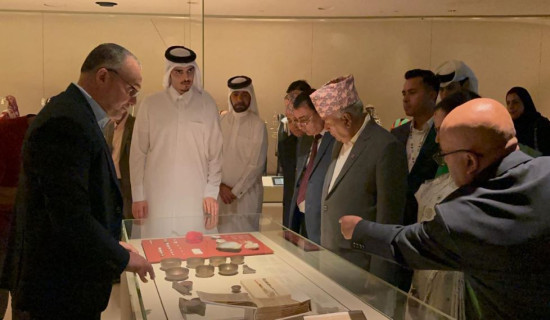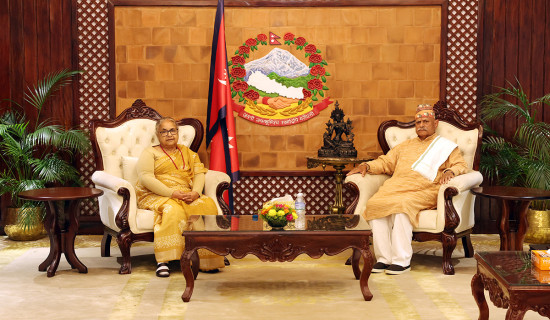- Thursday, 6 November 2025
Asia’s Uprisings and Western Influence
Muhammad
Zamir Assadi
South and
Southeast Asia are witnessing scenes of upheaval that bear an uncanny
resemblance to the Arab Spring of a decade ago. Protesters stormed
presidential palaces in Sri Lanka and occupied the homes of leaders in Bangladesh. In Indonesia, anger has spilled
into the streets over economic inequality and controversial legislation. At
first glance, these uprisings seem to be the spontaneous eruption of youth
frustration against corruption, unemployment, and mismanagement. Yet the
striking similarities across borders and the patterns they follow raise an
unavoidable question: are these merely local movements, or do they reflect a
wider design rooted in the influence of Western powers?
The sequence
is familiar. In Sri Lanka, years of reckless borrowing and economic collapse
brought inflation so severe that families could no longer afford food or
medicine. The Rajapaksa dynasty fell almost overnight. In Bangladesh, high
youth unemployment and discontent with a quota system, seen as serving
political loyalists, ignited demonstrations that spiraled into a direct assault
on the government’s legitimacy. Indonesia’s protests were fueled by rising
costs of living, inequality, and a jobs law criticized for weakening
protections for workers and the environment.
These
grievances are real, but the way they erupted—coordinated online, spreading
rapidly across cities, and targeting symbols of state authority—suggests a
broader orchestration. The hallmarks of externally influenced mobilization are
visible: digital campaigns, slogans amplified across social media platforms
headquartered in the West, and narratives that echo earlier “color
revolutions.” Just as the Arab Spring was framed as a people’s awakening but
left behind fractured states and ruined economies, Asia’s uprisings risk being
remembered less for reform than for destabilization.
The
fingerprints of foreign influence cannot be ignored. In country after
country, organizations and networks with external backing have nurtured
activist groups under the banner of democracy promotion. Workshops on digital
activism, training in social media mobilization, and funding for civil society
initiatives provide the infrastructure for protest movements. When crises
strike—economic collapse in Sri Lanka, unemployment in Bangladesh, —this infrastructure is activated with remarkable
speed. What begins as local frustration is transformed into nationwide revolt,
often escalating beyond what organic protest alone could sustain.
Social media
is central to this playbook. Viral videos of confrontations, trending hashtags
exposing alleged corruption, and coordinated online campaigns create a sense of
unstoppable momentum. Governments that attempt to restrict platforms are
portrayed as suppressors of free speech, driving even more anger into the
streets. Yet the same platforms that elevate youth voices also serve as tools
for external actors to shape narratives, magnify discontent, and steer protests
toward political collapse rather than reform.
The economic
consequences have been devastating. Sri Lanka’s tourism industry, once a
backbone of its economy, collapsed amid unrest, deepening poverty and forcing
millions into hardship. Bangladesh’s garment industry, vital for global supply
chains and employing countless workers, suffered disruption as protests closed
factories and scared away investors. Indonesia, already grappling with
inequality, faced shaken investor confidence and stalled development projects
in the wake of turmoil.
In each
case, it is not the elites but ordinary citizens who suffer most. Inflation
rises as commerce slows. Factories close. Jobs disappear. Prices of essentials
climb even higher. The young protesters who take to the streets demanding a
better future often find themselves in a worse economic position once the dust
settles. This pattern—mobilization, collapse, and long-term dependency—mirrors
the aftermath of the Arab Spring. There, Western applause for “youth democracy
movements” soon gave way to chaos, leaving societies weaker and more vulnerable
to external control.
The erosion
of political institutions is another lasting harm. When parliaments,
presidential palaces, and state buildings are occupied or destroyed, they lose
their legitimacy in the eyes of citizens. Fragile democracies are discredited,
creating a vacuum easily filled by foreign advice, international lenders, and
aid-dependent policies. States in constant turmoil are easier to influence,
less able to defend their sovereignty, and more likely to accept conditions set
by external powers. Instability, in this sense, is not a failure but a
strategy.
Asia stands
at a crossroads. The grievances of its young people cannot be
ignored—unemployment, corruption, and inequality are real and demand urgent
solutions. But these grievances are also being manipulated. What appears as a
movement for justice risks becoming an externally steered upheaval designed not
to deliver reform but to weaken states from within. The costs are already
visible: shattered economies, discredited institutions, and populations left
poorer than before.
The Arab
Spring should have been a warning. Instead, its methods have been refined and
redeployed in Asia. Sri Lanka, Bangladesh and Indonesia, are not
isolated cases but part of a wider pattern of disruption. Unless governments
find ways to address legitimate youth demands while shielding their societies
from manipulation, the cycle of unrest will continue. What begins as hope will
end in dependency, leaving nations to pay the price for revolutions scripted
elsewhere.
Asia’s uprisings are thus more than domestic crises. They are signs of a larger contest over influence, where instability is too often seen as an opportunity. For the youth filling the streets, the future they demand remains distant. For the powers encouraging unrest from afar, the chaos itself is reward enough.

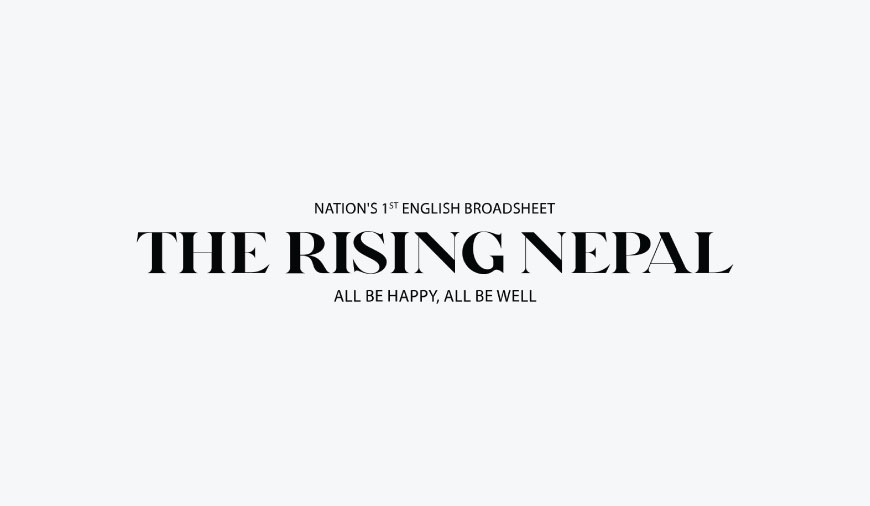
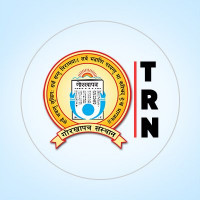

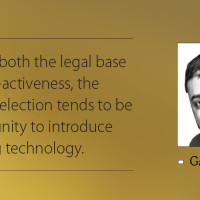




-original-thumb.jpg)
